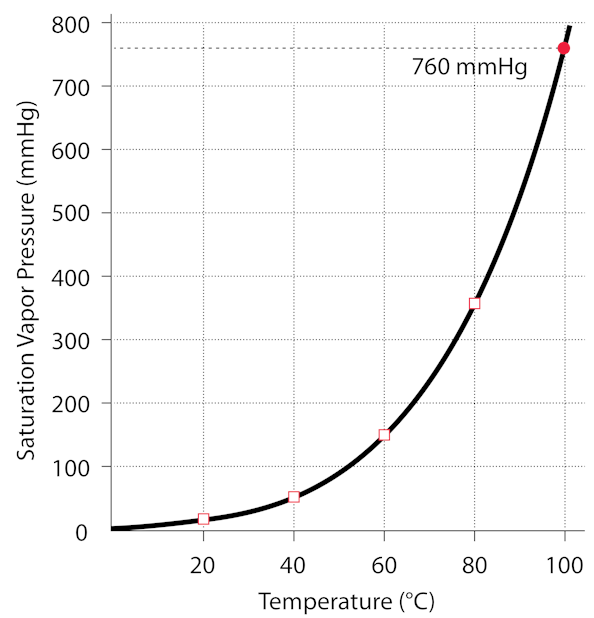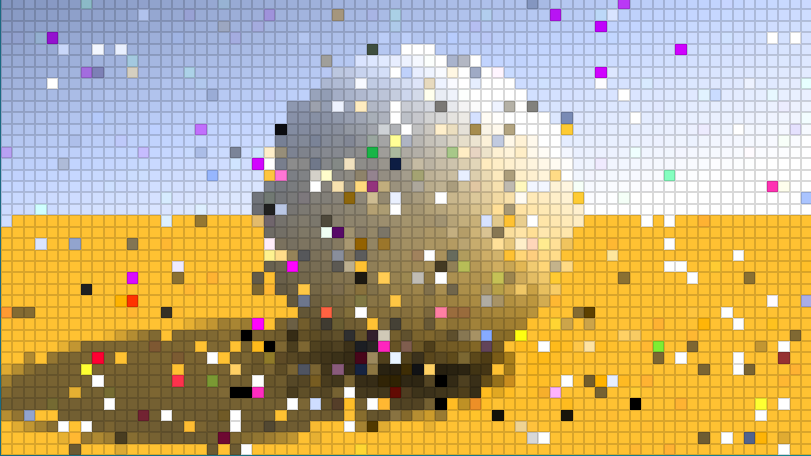Pretty sure you can download the maps ahead of time, GPS doesn't require data, then upload the fixes when you get home.
It does. And Firefox is my default browser app.
Exactly. it was bottled at atmospheric pressure while it was boiling, so 1 atm and 100 degrees C. Check this graph to see the relationship between the water's temperature and it's pressure in the jar (since there is no air, only water vapor). If the vapor is condensed, then the pressure drops below the curve on the graph, that is, the pressure in the jar is lowered below the vapor pressure of the water. Any time the pressure is below the vapor pressure, the water will boil, releasing vapor, until the pressure is equal to the vapor pressure. The pressure does not become negative, it is still positive, just lower than the vapor pressure at the given temperature. You can get below the vapor pressure curve by changing the temperature too, which is what we usually do when boiling water at a pressure near 1 atm (760mmHg)

http://hyperphysics.phy-astr.gsu.edu/hbase/Kinetic/watvap.html#c2
(1 atmosphere is ~760mmHg)
a slight aside, there is an important difference between the total pressure of the air, and the partial pressure of water vapor in the air. Inside the jar, the two are equal, but in a dry location (not humid) the partial pressure of water vapor is usually less than the vapor pressure of water at that temperature, but since the total large pressure of the atmosphere would not allow a pocket/bubble of very low pressure water vapor to form inside the bulk water, the water cannot boil, but it will evaporate at the surface anyway until the partial pressure of water is equal to the vapor pressure (very humid).
Spinnaker

I hear you, but genetic change at the level of these diseases and traits can take on the order of hundreds of thousands of years or more to accumulate into meaningful trends. Social society is a part of that process, in the way it might be for other social animals. If social dynamics tend to result in communities harboring vulnerable individuals, then there is probably some selective advantage to that behavior, not the other way around.
This is a common misconception. These traits are not likely due to modern medicine (which is very, very new compared to the scale of human evolution). The environment plays a big role, but there is always a distribution of traits in a normal population, some good, some bad. Not to mention that what we might be self-selecting for must change very rapidly as civilizations rise and fall, preferences shift like the winds, and ethics rapidly evolve. I think this misconception can be dangerous, because of what you mentioned. Eugenics.
PeerTube is awesome. Also its federated with lemmy!
Time to go to PeerTube. (federated! Bonus)
I mean, since we're all here, PeerTube is federated with Lemmy! There are limited numbers of creators on PeerTube right now, but maybe if we can link more videos from there on lemmy and upload some ourselves, we can get the platform into a healthy state. Not that there is nothing there, there is a decent amount uploaded already.
I really like the idea. There one major issue that I see currently, and that is discoverability. It takes some real effort and time to explore things outside of your own instance. I think the federation of pre-federation content will be important for discoverability, since the foundation of a community is in it's ranking of posts, which takes time and interaction. Right now, votes, comments, and most posts pre-federation on another instance are just not reachable.
I believe this problem can be solved, and there are a lot of motivated developers here, so I'm all in on lemmy.
Use tor.




time for some kind of anonymizing location data sharing service, peer to peer or federated protocol? that might be interesting, or sketchy, not sure which.